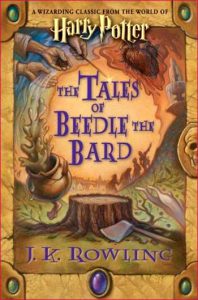SUMMARY
Julia had just recently moved on from the death of her husband, Him, who left her a Great Dave named Singer in his place. Julia is attempting to get back into the dating game with Richard, who is handle and charming, but very mysterious. At the same time, she finds herself drawn to get best friend Mike, who has been there for her for years. A typical relationship turns deadly, and Julie finds herself in danger.
REVIEW
Something that has always kind of irked me about Nicholas Sparks books is that the women usually don’t have much personality. They’re just kind of shy and sweet and friendly, and Julie is the same way. Mike, however, I do applaud for being different. He’s not perfect and suave and slick. He’s kind of a clumsy dork who doesn’t know what he’s doing. He can be a little too immature, intentional or not, but he was a refreshing change from the usual Casanova. Richard is also written fairly well. You can tell something is off with him from the beginning, and it only gets worse from there.
Something that the book does well is that it knows where it’s going. It doesn’t feel like the reader is being tugged between plotlines. Even between romance and suspense, it keeps things merged well.
Julie and Mike’s romance is decent enough. Something that kind of threw me off was that they were supposed to be friends of several years. It didn’t feel like that. More like work buddies than best friends, but they work better as a couple. The fact that Julie’s husband had passed it meant to be a sort of tieback for them. She’s trying to move on now, and Mike doesn’t know if he should ask her out, etc. Though this could have been interesting, Julie being a widow is actually not that important. That is, it really didn’t feel like it mattered. It didn’t make me feel anything, and I kind of forgot at times.
Towards the end of the book, we are unedited to two new characters that we follow for a good bit. They aren’t can, but it becomes annoying to keep up with them when they aren’t really main characters. They disappear after they serve their functions, anyway. The same can be said for a side character that was set up to be quite important. She goes through the story as a woman jealous of Julie’s relationship with Richard. She doesn’t try to sabotage them or anything, but she does push the envelope a little bit. Something happens with her at the end, but afterwards, we are left a little in the dark about the outcome.
The ending managed to get me a little emotional, even though I kind of saw it coming. Overall, this book is far from the worst of Nicholas Sparks, but I wouldn’t call it his best, either. If you’re looking for a Hallmark-channel like book to read, this will work fine. Just don’t expect to be blown away by anything.
